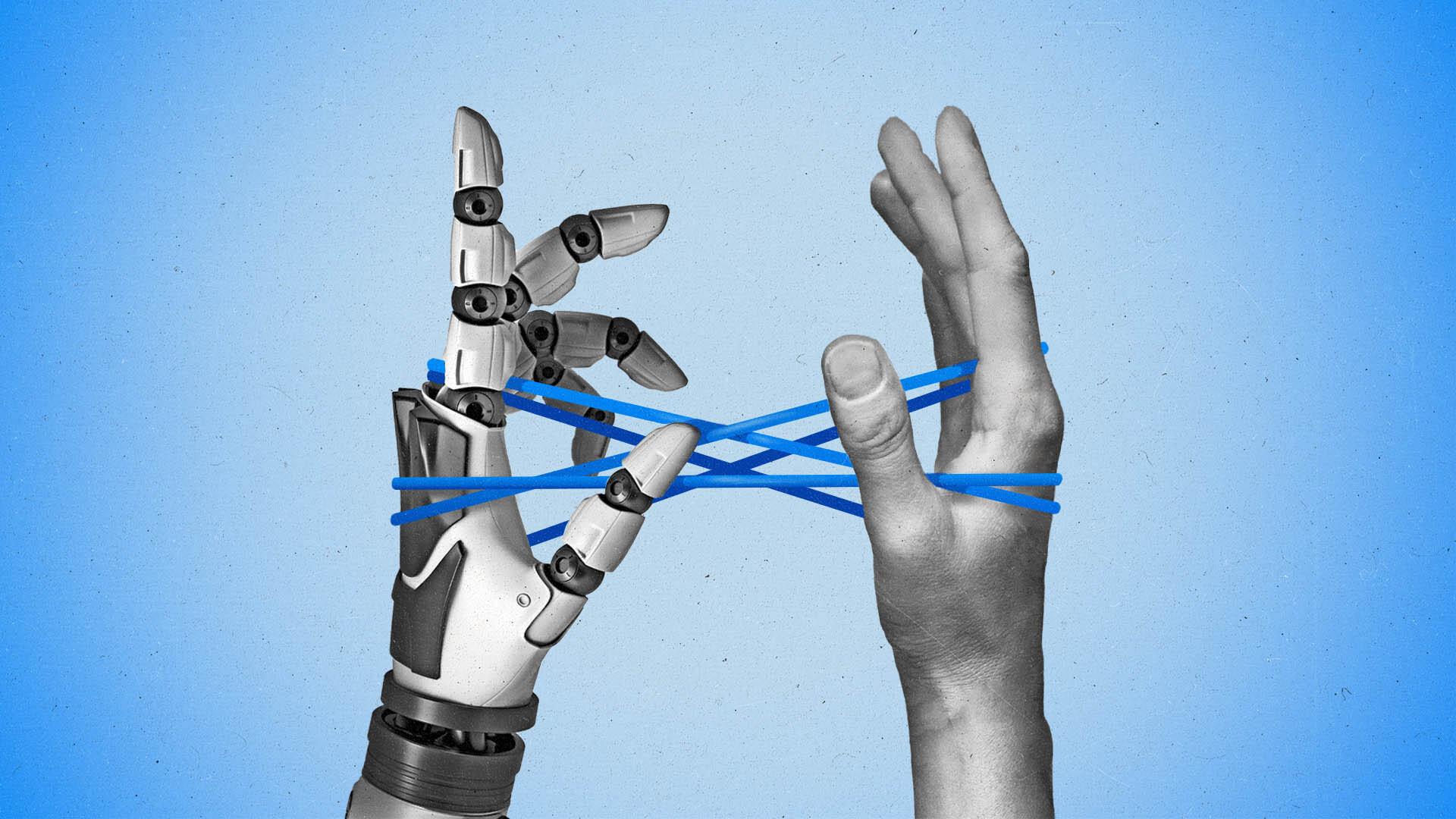Tech advances are ushering in new creative possibilities for programmatic

British Airways’ award-winning campaign at Cannes this year, A British Original, was notable not just for its simplicity and poignancy, but also because it was one of the few programmatic activations that managed to nab the ad world’s most coveted creative award.
The campaign’s flexible tagline asked travellers that rote airline question, “what is the purpose of your visit,” and answered it with a dizzying, highly targeted array of creative answers. Rather than simply checking the box of business or leisure, people who saw the videos and billboards could find themselves in answers like “mischief,” “breakthrough treatment,” or “warm gusts of wind that don’t come from tube trains.”
The airline’s success shows what’s possible when brands combine great creative with smart distribution. Long regarded as a cut-and-dry choice for brands, programmatic is becoming a more prominent part of marketers’ toolkits. Advances in tech are now opening an opportunity for advertisers to shake off old notions and for creatives to get in the game.
“Programmatic may get a bad rap in the creative world since the initial value proposition was largely rooted in data, however, I believe technology has pushed the channel into many new and exciting creative opportunities,” Sheri Ham, SVP, head of national sales and programmatic at Intersection, the company behind LynkNYC, tells The Current.
That most of Cannes’ winning campaigns this year consisted of film and brand experience activations shows that programmatic still has a way to go with creatives. Dean Wei, incoming chief creative officer at CP+B London, tells The Current that in his view, helping brands deliver transformative ideas in ways that ensure people remember you is “pretty much the opposite of programmatic.”
Memorable may be a worthwhile advertising goal for brands, but in the end, results are measured in sales and ROI, especially in an era where marketers are contending with budgets in flux. British Airways' campaign came as the world emerged from Covid-19 at the end of last year; nine months later, the airline reported its first annual profit since the pandemic.
Contextual creatives
Customization, traditionally time-consuming and expensive, has long been a creative challenge. But ChatGPT’s boisterous arrival ushered in the possibility of hyper-personalization at scale.
Contextual ads and dynamic creative assets are emerging as some of the first test areas for generative AI. For example, voice AI company Instreamatic’s tech lifts a voice or audio track, clones it, and then generates as many versions as required by a campaign, in just a few minutes. The ads can then be served programmatically across both video and audio channels.
The process would have taken weeks of back and forth just a year ago, says Simon Dunlop, cofounder and VP partnerships at Instreamatic. The company is already working with major media agencies in the U.S. and U.K. on campaigns launching in the fall utilizing the technology.
And although it might appear that agencies will lose out on all the extra work they used to handle for custom campaigns, Dunlop thinks the technology will actually unlock more revenue opportunities for them.
“If it's that easy, and the quality is that good, to contextualize ads, then why wouldn't I contextualize a lot of ads that I wasn't thinking to contextualize previously? I think it should generate a lot more business,” he says.
Outdoor’s creativity with digital’s performance
Creatives often use out-of-home ads as canvases for big, bold brand campaigns. But in a world where digital ads are eating up more and more of marketers’ budgets, some industry leaders are excited at the prospect of programmatic outdoor ads that can target and perform like digital ads.
“The ability to not only access these digital touchpoints in real-time, but also utilize dynamic capabilities — weather triggers, dynamic mapping to store locations, live sports scoring — opens up a whole new realm of possibilities,” says Ham.
“You can serve an ad knowing that someone is about to step onto the subway, or that they’re about to pass a specific store,” she adds. “Extremely powerful!”
The growth of digital out-of-home (DOOH) is testament to advertiser demand for the format. Ham says that in 2022 the number of digital billboards in the U.S. grew by nearly 14 percent, and that’s without considering the growth of place-based and street level digital formats, like LinkNYC.
Programmatic powers up streaming
Aside from events like the Super Bowl, the days of generic ads blasted across TV screens in the hopes of capturing a sliver of viewers’ attention may soon become a relic of the past.
Advertisers are increasingly leaning on programmatic capabilities to segment and personalize CTV ads in ways that simply were not possible with traditional TV. And for some, the results are paying off.
Charlotte Price, global creative lead at media agency MiQ, points to a campaign for a sports betting client that used dynamic creative powered by a custom betting odds API to show viewers the game odds across multiple NFL games. The advertiser also tested a combination of live betting odds with a QR code to understand “leaned-in” engagement. The dynamic CTV creatives resulted in twice the amount of QR code scans to download the app compared to static ads.
“The results of these creative endeavors have been promising, driving performance across standard metrics of success as well as new methods of measurement like attention and sustainability,” says Price.
Subscribe to The Current
Subscribe to The Current newsletter